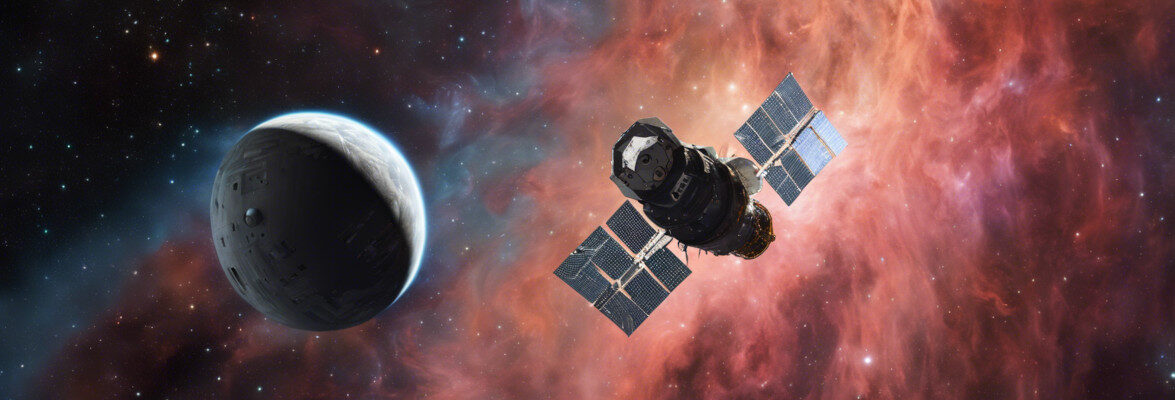
In the journal “Nature Communications” an article was published on the study of images of the planet Venus taken during its transit, its passage between the Sun and the Earth, which occurred in June 2012, taken by two satellites: NASA’s SDO and NASA and JAXA’s Hinode. This research allowed to look at Venusian atmosphere in a different way measuring the way it absorbs the different types of light. This type of study allows to get important clues about the presence of various chemical elements in the atmosphere’s layers. It will also be useful to improve the techniques to examine exoplanets’ atmosphere.
Venus transit was an event because it happens about every 115 years. Twice in the space of 8 years the planet passes between the Sun and the Earth. The last pair of transits occurred in 2004 and 2012 and the instruments to examine the planet were immensely better than the time of the previous transits, which occurred in 1874 and 1882.
In June 2012, the SDO (Solar Dynamics Observatory) and Hinode satellite, two Sun study missions, took pictures of Venus transit at several light wavelengths. This allowed a team of scientists led by Fabio Royal of the University of Palermo to examine them later to understand exactly what elements are present in the various layers of Venus atmosphere.
Venus is considered a basically a hell because of its environmental conditions. On the surface, the pressure is over 90 times that of the Earth’s surface, the average temperature is around 470° Celsius (about 872° Fahrenheit) and there are clouds of sulfuric acid. The atmosphere is composed mostly of carbon dioxide but there are many other elements, the subject of this research.
The various layers of Venus atmosphere absorb sunlight in different ways. The transit allowed to perform an examination much better than normal taking advantage of the fact that the planet was lit in almost all wavelengths of the electromagnetic spectrum.
The presence of different chemical elements influence the absorption of light because each type of atom absorbs the light in a different way. The result was a very sophisticated analysis of Venus atmosphere. It will also improve the study of exoplanets, which are often discovered during a transit between their star and Earth. Distances are huge in that case but the improvement of our instruments will allow more accurate studies to see if among the ones discovered there are some with an atmosphere similar to Earth’s.
[ad name=”eBayUSUKAstronomy”]

